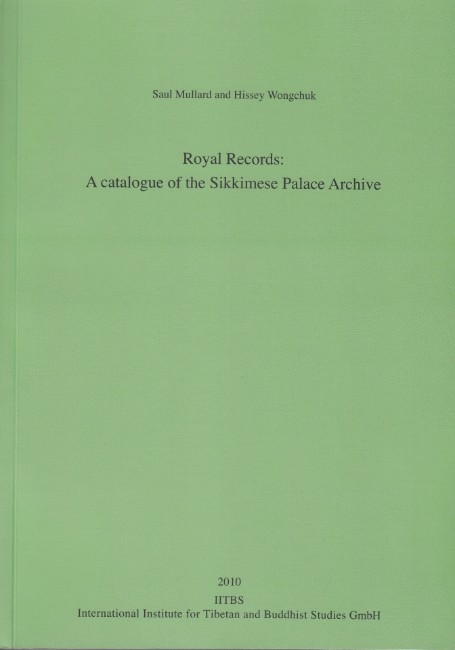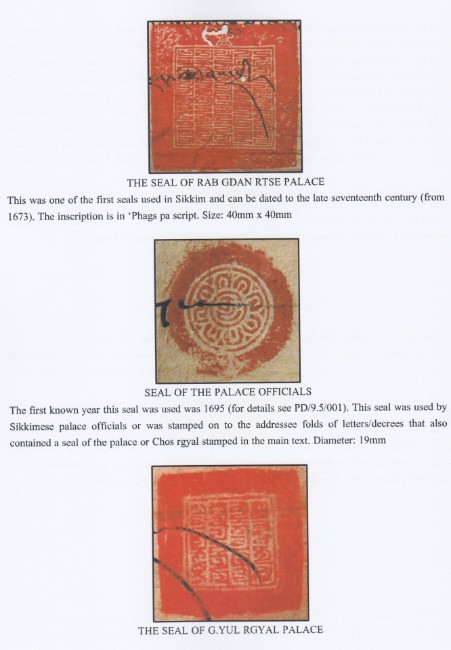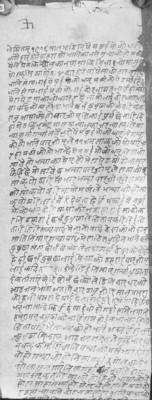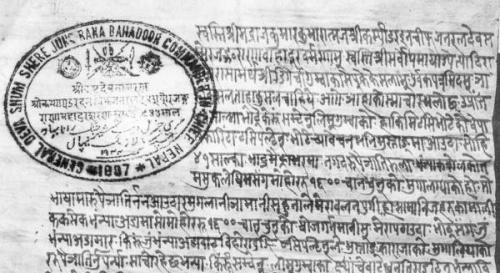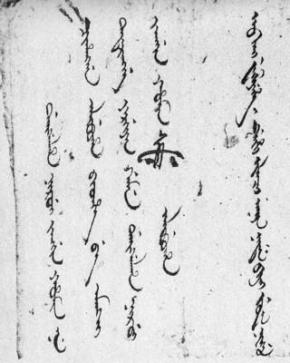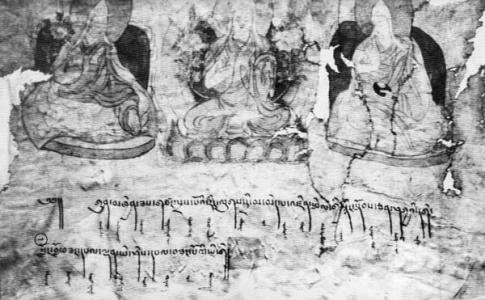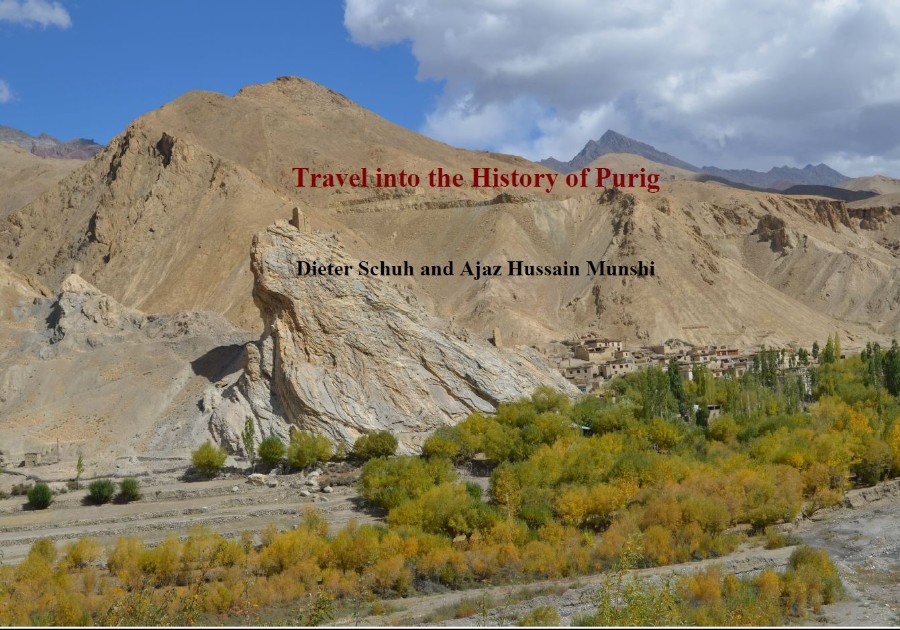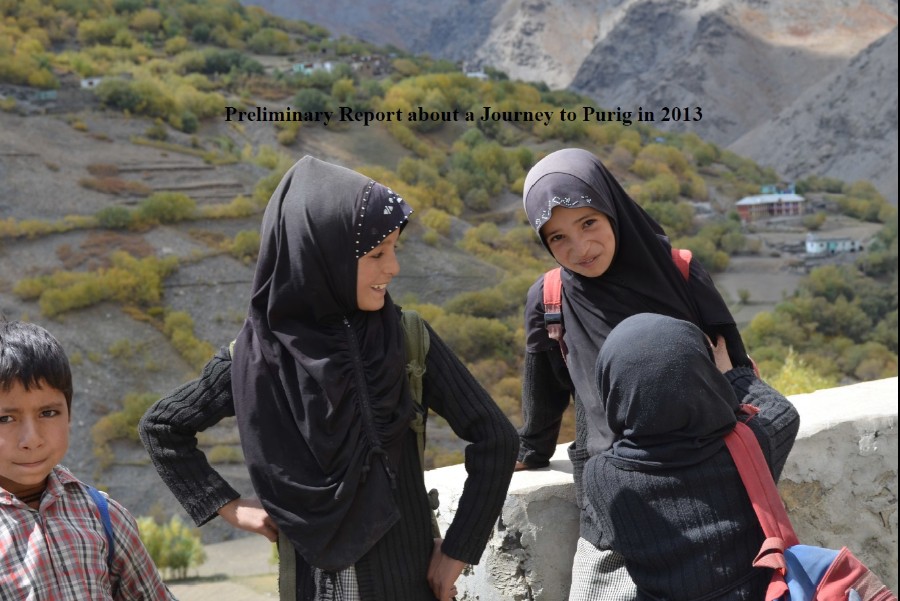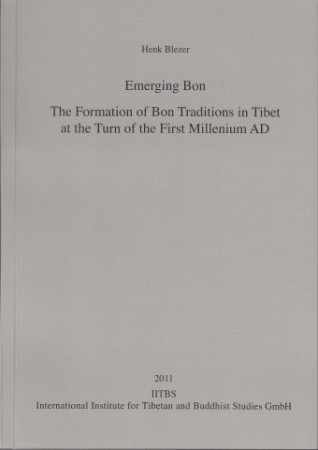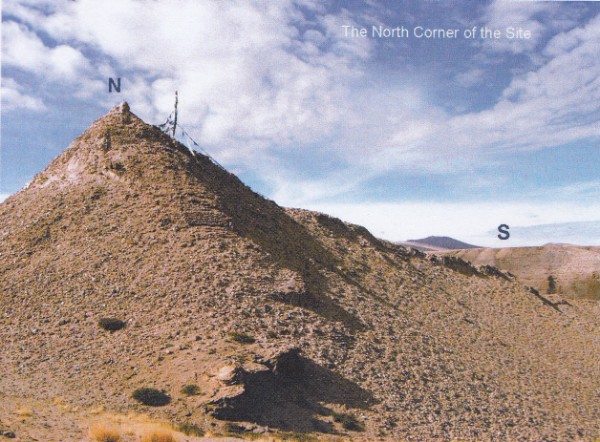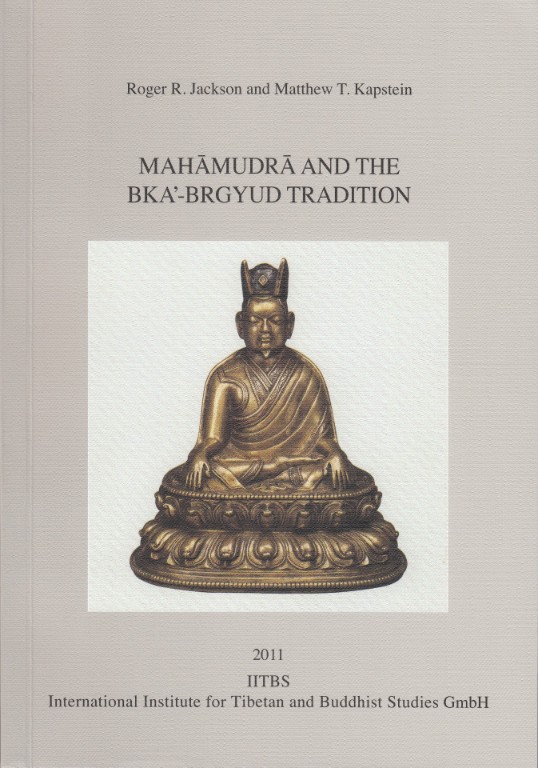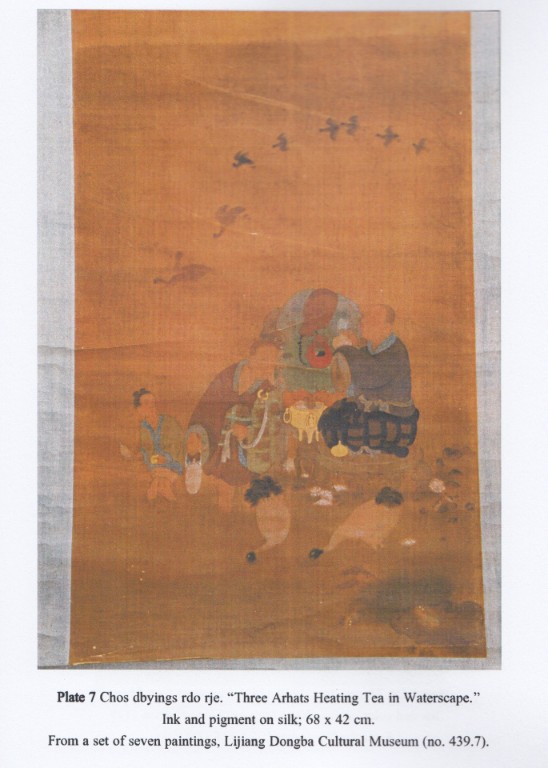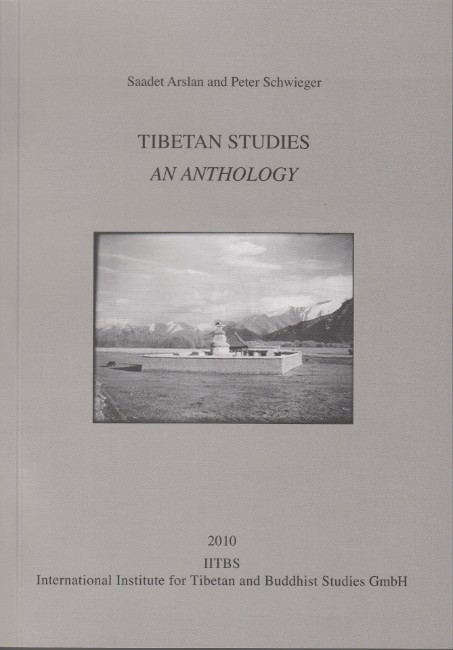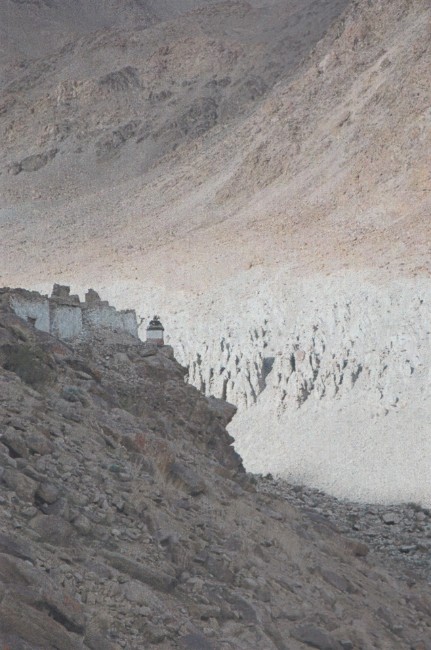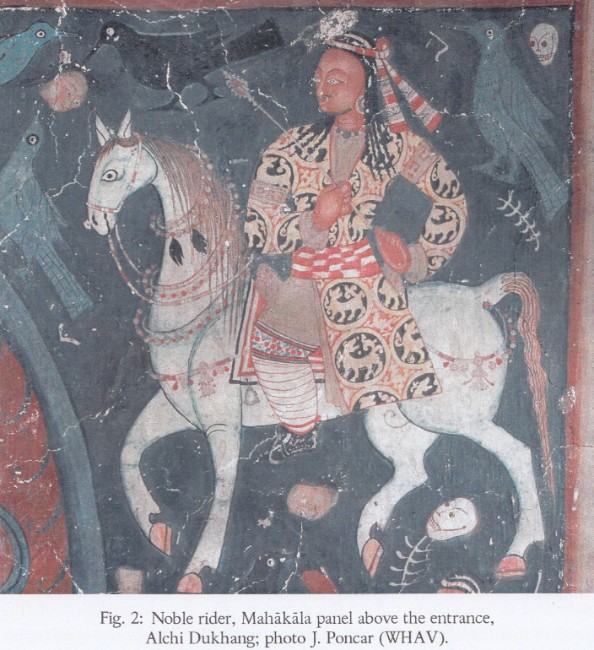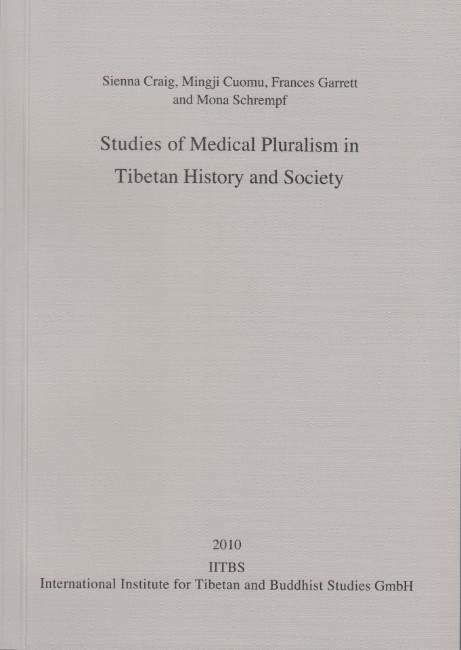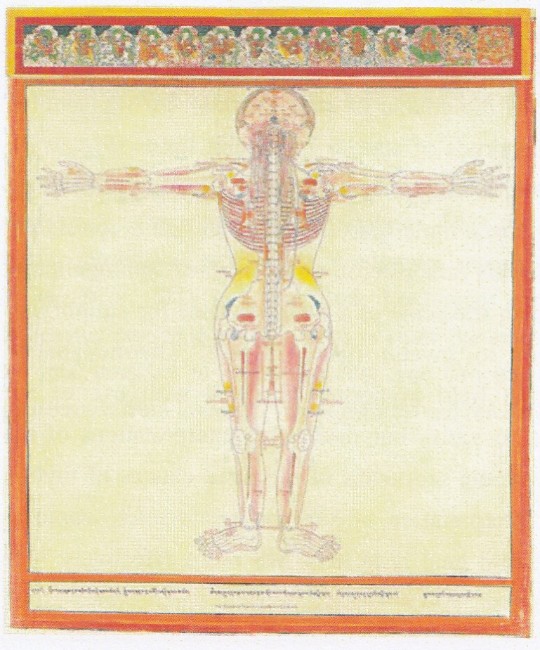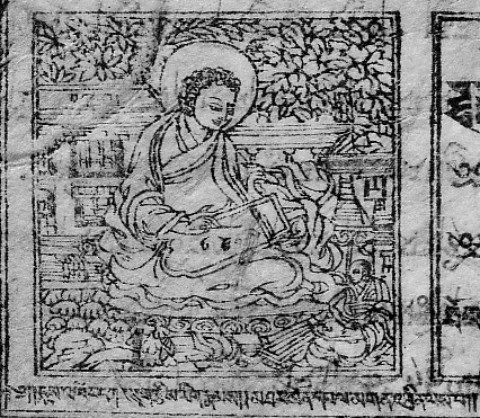
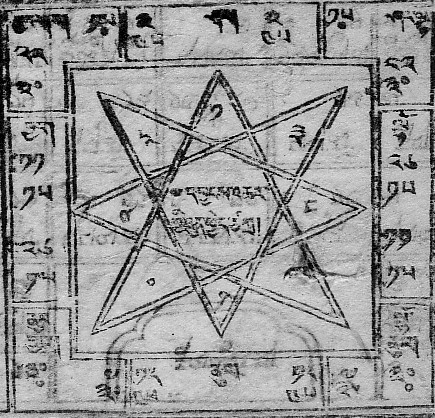
Archiv für zentralasiatische Geschichtsforschung. Herausgegeben von Dr. Karl-Heinz Everding
Heft 17-20
Dieter Schuh (Editor): Contributions to the History of Tibetan Mathematics, Tibetan Astronomy, Tibetan Time Calculation (Calendar) and Sino-Tibetan Divination
2012. CL, 1660 pages. Four Volumes. 298,- Euro. Contributions in English, French, Japanese, German und Russian.
Contents
Volume I
Dieter Schuh: Einleitung (German) rTsis-rig la ´jug-pa´i byis-pa mgu-ba´i gtam IX
1. Zum mathematischen Wissen der Tibeter IX
1.1. Geometrie IX
1.2. Arithmetik XIX
1.2.1. Der tibetische Abakus mit losen Steinen XXI
1.2.1.1 Das Rechengerät XXII
1.2.1.2. Maßgrößen (Volumenmaße) XXIII
1.2.1.3 Addition Ganzer Zahlen XXIII
1.2.1.4 Subtraktion Ganzer Zahlen XXIV
1.2.1.5 Zahlzeichen Ganzer Zahlen und Multiplikationstafel XXV
1.2.1.6 Brüche und Mehrstellige Zahlen XXVI
1.2.1.7 Die wichtigsten Umrechnungsverfahren XXIX
1.2.1.7.1 Rechnen mit Brüchen (zur-rtsis) XXIX
1.2.1.7.2 Rechnen mit dem „Gehen“ (´gro) genannten Umrechnungsverfahren XXXI
1.2.1.7.3 „Verkettung von Steinmengen“ (sngon-ma´i cha-´gros) XXXII
1.2.1.7.4 „Aufschlagen und Abziehen mit der direkten Differenz“ (ngo-thog spor-gcog) XXXIV
1.2.1.7.5 „Differenzbetragsrechnung mittels Zinsaufschlag- und Zinsabschlagsätzen
für Darlehen“ (´bun gyi spor-gcog) XXXIV
1.2.2 Der tibetische Sandabakus XXXVI
1.2.2.1 Das Rechengerät XXXVII
1.2.2.2 Rechenanweisungen und Grundrechenarten XXXVII
1.2.2.3 Platzieren bzw. Schreiben von Zahlen XXXVIII
1.2.2.4 Addieren mehrstelliger natürlicher Zahlen XXXVIII
1.2.2.5 Subtrahieren mehrstelliger natürlicher Zahlen XXXIX
1.2.2.6 Multiplizieren mehrstelliger natürlicher Zahlen XXXIX
1.2.2.7 Dividieren mehrstelliger natürlicher Zahlen XL
1.2.2.8 Grundrechenarten mit nicht natürlichen, mehrstelligen Zahlengrößen XLI
1.2.2.8.1 Addition, Subtraktion und Umrechnung auf die Stellenwerte XLI
1.2.2.8.2 Multiplikation und Umrechnung auf Stellenwerte XLI
1.2.2.8.3 Division XLV
1.3 Lineare Gleichungen in astronomischen Berechnungen auf dem Sandabakus XLVII
1.3.1 Lineare Gleichungen zur Berechnung mittlerer Längen von Planeten XLVII
1.3.2 Lineare Gleichungen am Beispiel der Mittelpunktsgleichung des Mondes XLXIII
1.4. Tibetische Logik und Mengenlehre L
2. Die Tibetische Astronomie LXVI
2.1. Geschichte der tibetischen Astronomie LXVI
2.1.1 Ursprung nach mythologischer buddhistischer Tradition LXVII
2.1.2 Die Anfänge der Herausbildung einer eigenen Wissenschaft der
Astronomie in Tibet (12. Jahrhundert und Beginn des 13. Jahrhunderts) LXIX
2.1.3 Erste astronomische Lehrbücher tibetischer Autoren (2. Hälfte des 13. Jahrh.) LXX
2.1.4 Kommentierung der Programmtexte der praktischen Rechenbücher (14. Jahrh.) LXXI
2.1.5 Die Entstehung der Phug-pa -Schule der tibetischen Astronomie (15. Jahrh.) LXXII
2.1.5.1 Theorie der mittleren Bewegung aller in Tibet bekannten Planeten LXXIII
2.1.5.2 Die große Konjunktion und die Korrektur der Anfangswerte LXXIV
2.1.5.3 Die Beobachtung der Sonnenwenden und die Krise der buddhistischen
Astronomie LXXV
2.1.5.4 Grundlegende Veränderungen der Rechenvorschriften für die
Kalenderrechnung und Astronomie LXXVI
2.1.6 Die Blütezeit der Phug-pa-Schule (17. – 18. Jahrhundert) LXXVI
2.1.7 Die Entwicklung der mTshur-phu-Schule der tibetischen Astronomie
(15. – 18. Jahrh.) LXXVII
2.2. Die Komponenten der tibetischen Zeiteinteilung LXXVIII
2.2.1 Jahresanfang (lo-mgo bzw. lo-´go) LXXIX
2.2.2 Jahre (lo) LXXIX
2.2.2.1 Zwölf-Jahres-Zyklus LXXX
2.2.2.2 Sechzig-Jahres-Zyklus LXXX
2.2.2.3 Rab-byung-Zyklus LXXXI
2.2.2.4 Jahreszählung mit Kardinalzahlen LXXXII
2.2.3 Kalendermonate (zla-ba) LXXXIV
2.2.3.1 Jahreszeitenmonate LXXXIV
2.2.3.2 Monate des Tierkreiszyklus LXXXIV
2.2.3.3 Monatsbezeichnungen nach den Mondhäusern LXXXV
2.2.3.3 Hor-Monate LXXXV
2.2.3.4 Die zeitliche Zuordnung der verschiedenen Monatsarten LXXXV
2.2.3.5 Schaltmonate (zla-bshol) LXXXIII
2.2.4. Tage (zhag) LXXXIII
2.2.4.1 Ausgelassene und hinzugefügte Tage LXXXIII
2.2.4.2 Wochentage (gza´) LXXXIX
2.2.4.3 Tage des Tierkreiszyklus LXXXIX
2.2.5 Tageszeiten XC
2.3. Kosmographie der tibetischen Astronomie XCI
2.3.1 Erdaufbau XCI
2.3.2 Die Sonnenbahn XCIII
2.3.3 Fixsterne und Planeten XCVI
2.3.3.1 Liste der Tierkreiszeichen XCVI
2.3.3.2 Liste der Mondhäuser XCVIII
2.3.3.3 Liste der beweglichen Himmelskörper (gza´-bcu) CIII
2.3.4 Geographie der Erdoberfläche CV
2.3.5 Die Welt als Lebensraum von Göttern, Menschen, Tieren, Geistern
und Höllenbewohnern CVI
2.4 Kalkulationen der Kalenderrechnung und Astronomie CIX
2.4.1. Astronomische Kalenderrechnung CIX
2.4.1.1 Zyklische Zeiteinheiten CIX
2.4.1.1.1 Weltzeitalter CIX
2.4.1.1.2 Der Zyklus von 60 Jahren CX
2.4.1.1.3 Das Jahr CX
2.4.1.1.4 Monate CX
2.4.1.1.5 Tage CXI
2.4.1.1.6 Astronomische Unterteilung der drei Tagesarten CXI
2.4.1.2 Durchführung der Kalenderrechnung CXII
2.4.1.2.1 Zielsetzung CXII
2.4.1.2.2 Mathematische Verfahrensweise CXII
2.4.1.2.3 Strukturen der Zeiteinteilung CXII
2.4.1.2.4 Epoche und Anfangswerte CXIII
2.4.1.2.5 Berechnung der 5 Komponenten eines Tages CXIII
2.4.1.2.6 Zahl der vergangenen lunaren Monate (tshes-zla rnam-par dag-pa
bzw. zla-dag) CXIV
2.4.1.2.7 Schaltmonate CXV
2.4.1.2.8 Der Wochentag für den Beginn des mittleren lunaren Monats M
(gza´ yi dhru-va) CXVI
2.4.1.2.9 Übergang zum mittleren lunaren Tag (gza´ yi bar-ba) CXVIII
2.4.1.2.10 Berechnung der mittleren ekliptikalen Länge der Sonne CXIX
2.4.1.2.11 Die Füße des Mondes und der Sonne: Mittelpunktsgleichungen
von Mond und Sonne CXXI
2.4.1.2.11.1 Die Füße des Mondes CXXI
2.4.1.2.11.2 Die Füße der Sonne CXXVII
2.4.1.2.12 Korrekte ekliptikale Länge der Sonne CXXX
2.4.1.2.13 Korrektes Ende des lunaren Tages CXXX
2.4.1.2.14 Ekliptikale Länge des Mondes CXXX
2.4.1.2.15 Die beiden astrologischen Komponenten der Kalenderrechnung CXXXI
2.4.2. Berechnung der mittleren Umlaufzeiten und Winkelgeschwindigkeiten der
Planeten CXXXI
2.4.2.1 Die zeitlichen Längen von lunarem Tag und Zodiak-Tag CXXXI
2.4.2.2 Siderische Umlaufzeit und Winkelgeschwindigkeit der Sonne CXXXII
2.4.2.3 Umlaufzeit und Winkelgeschwindigkeit des Mondes CXXXIII
2.4.2.4 Untere und obere Planeten CXXXIII
2.4.2.5 Umlaufzeiten der Planeten Merkur, Venus, Mars, Jupiter und Saturn CXXXIV
2.4.3 Mittlere ekliptikale, heliozentrische Längen der Planeten Merkur, Venus,
Mars, Jupiter und Saturn CXXXV
2.4.3.1 Zahl der seit Epoche vergangenen natürlichen Tage CXXXV
2.4.3.2 Anfangswerte CXXXVI
2.4.3.3 Mittlere Längen der fünf Planeten und der Sonne am Ende des jeweiligen
natürlichen Tages CXXXVI
2.4.3.4 Die langsamen Füße der Planeten: siderische Mittelpunktsgleichungen
zur Berechnung der exakten heliozentrischen Länge CXXXVII
2.4.3.5. Die schnellen Füße der fünf Planeten: Berechnung der geozentrischen
Abweichungen der Längen der Planeten CXXXIX
2.4.4. Sonnen- und Mondfinsternisse (ñi-´dzin und zla-´dzin) CXLI
2.4.5. Der Komet Encke (du-ba mjug-rings) CXLVII
P.Pelliot: Le Cycle Sexagénaire dans la Chronologie Tibétaine (French) 1
Berthold Laufer: The Application of the Tibetan Sexagenary Cycle (English) 39
Dieter Schuh: Untersuchungen zur Geschichte der tibetischen Kalenderrechnung (German) 69
Volume II
Winfried Petri: Indo-tibetische Astronomie (German) 479
Winfried Petri: Colours of Lunar Eclipses according to Indian Tradition (English) 633
Winfried Petri. Uigur and Tibetan Lists of the Indian Lunar Mansions (English) 643
Winfried Petri: Tibetan Astronomy (English) 653
Winfried Petri: Über den astronomischen Inhalt des ersten Buches Kalatschrakra
(nach Sankrit und tibetischem Text) (Russian) 661
Dieter Schuh: Grundzüge der Entwicklung der tibetischen
Kalenderrechnung (German) 671
Dieter Schuh: Studien zur Geschichte der Mathematik und Astronomie in Tibet,
Teil 1, Elementare Arithmetik (German) 687
Dieter Schuh: Tibetische Blockdrucke zur sKar-rtsis, Nag-rtsis und rGya-rtsis (German) 789
Dieter Schuh: Über die Möglichkeit der Identifizierung tibetischer Jahresangaben
anhand der sMe-ba dgu (German) 835
Dieter Schuh: Die Darlegungen des 5. Dalai Lama Ngag-dbang blo-bzang rgya-mtsho
zur Kalkulation der neun sMe-ba 857
Dieter Schuh: Der Chinesische Steinkreis. Ein Beitrag zur Kenntnis der sino-
tibetischen Divinationskalkulationen (German) 875
Dieter Schuh: Politik und Wissenschaft in Tibet im 13. und 17. Jahrhundert (German) 949
Volume III
Yamaguchi Zuihō: Chronological Studies in Tibet (Japanese) 975
Yamaguchi Zuihō: The Tibetan Calendar and Tibetan Divination (Japanese) 995
Yamaguchi Zuihō: Methods of Chronological Calculation in Tibetan Historical
Sources (English) 1073
Yamaguchi Zuihō: The Significance of Intercalary Constants in the Tibetan
Calendar and Historical Tables of Intercalary Month (Japanese) 1095
Yamaguchi Zuihō: The Significance of Intercalary Constants in the Tibetan
Calendar and Historical Tables of Intercalary Month (English) 1147
Te-ming Tseng: Sino-tibetische Divinationen (nag-rtsis) und der tibetische
Kalender (German) 1173
Dieter Schuh: Review of:
SVANTE JANSON: Tibetan Calendar Mathematics.
Internet publication on the server of the Department of Mathematics,
Uppsala University, December 2007, 47 pages. http://www.math.uu.se/~svante/papers/calendar/tibet.pdf.
NACHUM DERSHOWITZ AND EDWARD M. REINGOLD: Calendrical
Calculations. Third Edition. Cambridge, New York etc. 2008, 479 pages.
ISBN 978-0-521-70238-6. Here reviewed: pp. 315-322 = Chapter 19,
The Tibetan Calendar, and pp. 435-37.
EDWARD HENNING: Kalacakra and the Tibetan Calendar. Treasury of the Buddhist Sciences series.Published by The American Institute of Buddhist Studies at Columbia
University in New York. Co-published with Columbia University’s
Center for Buddhist Studies and Tibet House US.
New York 2007. XV, 391 pages. (English) 1255
Vol. IV
Dieter Schuh: Kleine Enzyklopädie zur Tibetischen Mathematik, Kalenderrechnung und
Astronomie (sKar-rtsis) sowie zu den Sinotibetischen Divinationskalkulationen (Nag-rtsis) (German) 1285



